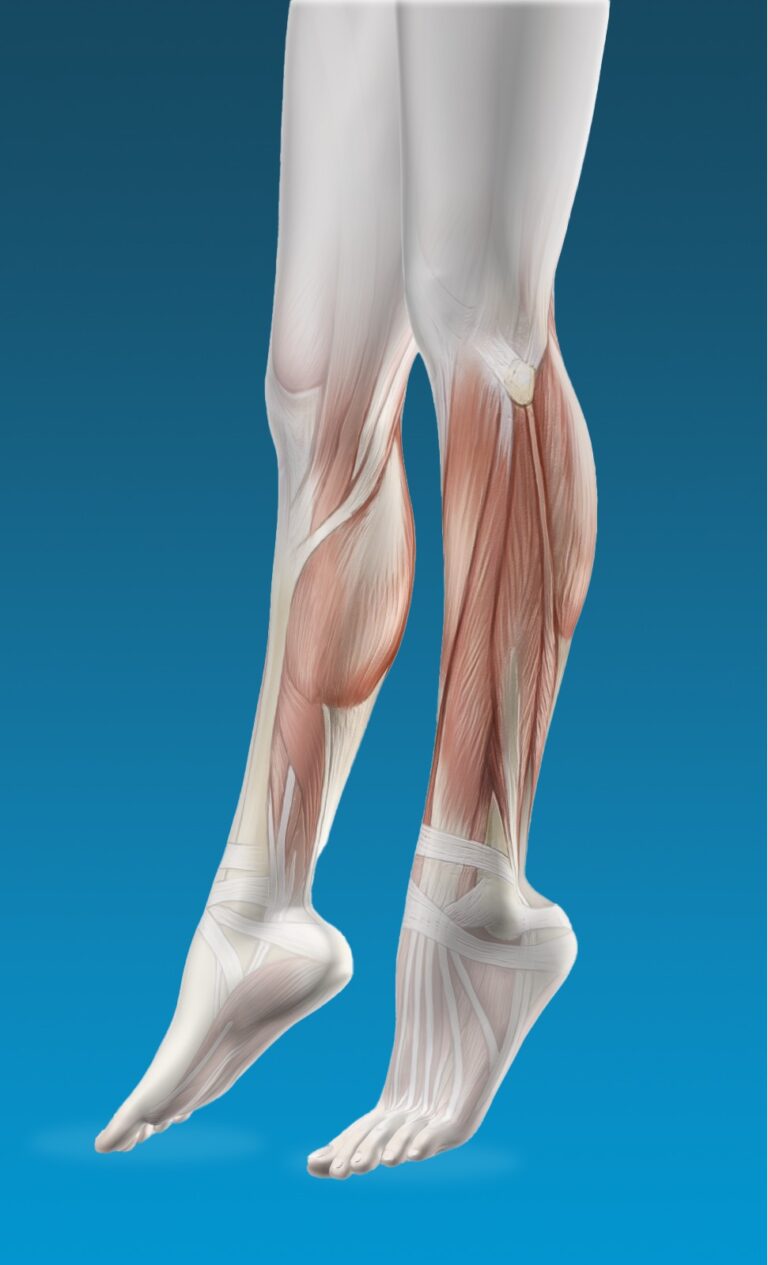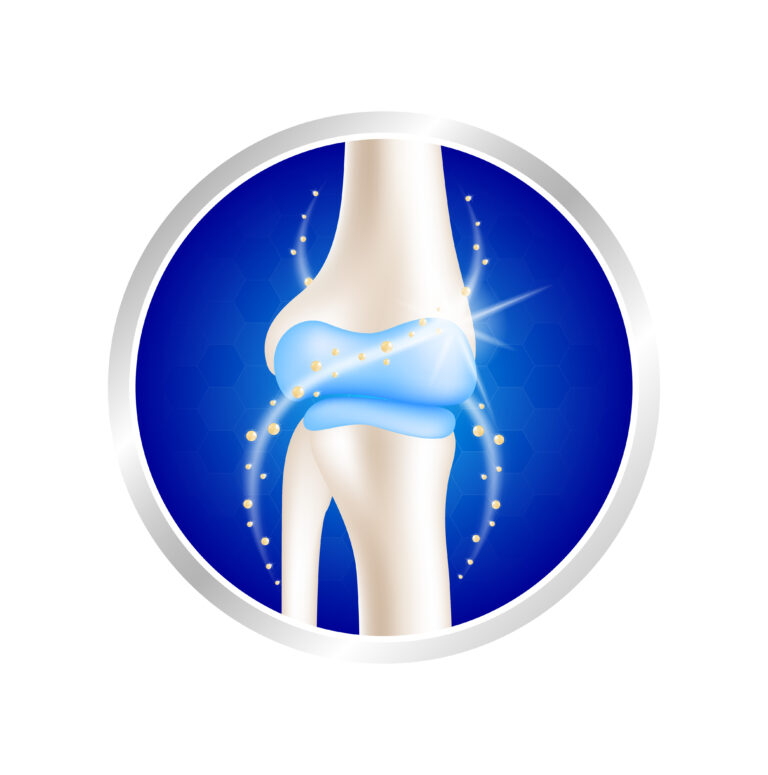Women tend to experience hip pain more frequently than men. There can be numerous causes for hip pain in women, and identifying the correct one is essential for effective treatment.
When you visit your orthopedic doctor, the first step is to confirm if your hip is the actual source of the problem. Women might describe hip pain, but it could be pain in the side of the upper thigh, upper buttock, or lower back.
Causes of Hip Pain in Women
Hip pain is often felt in the groin or on the outside of the hip directly over where the hip joint (a ball-and-socket joint) is located. Some of the most common causes of hip pain in women include:
- Arthritis: This is one of the most prevalent causes of hip pain in women, particularly osteoarthritis—the wear-and-tear kind that affects many people as they age. Arthritis pain is often felt in the front of the thigh or in the groin due to stiffness or swelling in the joint.
- Hip Fractures: Hip fractures are common among older women, especially those with decreased bone density. Symptoms of a hip fracture include pain while standing or stretching your leg.
- Tendinitis and Bursitis: Many tendons around the hip connect muscles to the joint. These tendons can easily become inflamed if overused or subjected to strenuous activities. One common cause of tendinitis at the hip joint is iliotibial band syndrome—the iliotibial band is a thick span of tissue that runs from the outer rim of your pelvis to the outside of your knee.
- Hernia: Pregnant women can be susceptible to inguinal hernias due to the added pressure on the abdominal wall.
- Gynecological and Back Issues: Gynecological issues can also cause hip pain in women, so it is important not to assume that hip pain is solely caused by the above-mentioned reasons. Similarly, pain from the spine and back, such as sciatica or a pinched nerve, can be felt around the buttocks and hip.
Hip Pain Treatment for Women
Hip pain treatment depends entirely on the diagnosis. Excess weight can put pressure on the hip joint, so losing weight can provide relief and help avoid further problems. In some cases, hip repair or hip replacement may be necessary.
Disclaimer: The information provided in this blog post is for general informational purposes only and should not be considered professional advice. Before making any health-related decisions, consult with a qualified healthcare professional. The content is not a substitute for medical advice, and individual results may vary. The author and website are not responsible for any consequences arising from the use of the information provided. Use your best judgment and seek professional advice when needed.



